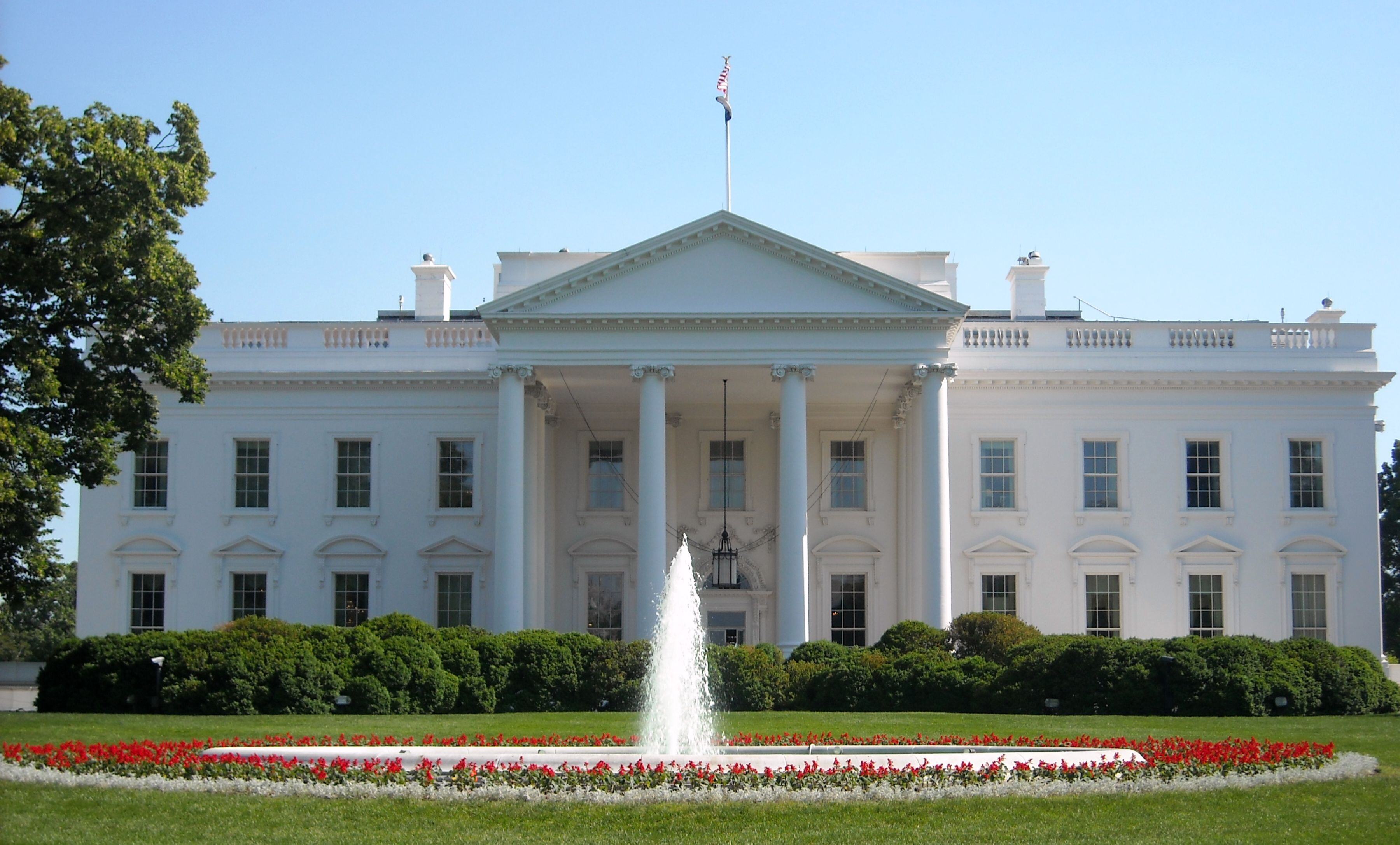In the early 1790s, an architectural design competition was held for what would become one of the most prestigious and widely recognized buildings in the United States: The White House. Although, it wouldn’t officially be known by this iconic name until 1901. A total of nine proposals were received, but President Washington selected the design of an Irish architect named James Hoban. Hoban’s original design was not deemed grand enough, however, so it was modified to be only two stories tall instead of three and widened from a 9-bay façade to 11 bays. Construction officially began in 1792 and lasted nearly eight years with John Adams listed as the first occupant. Total building cost in today’s terms was approximately $3.2 million.
Presidents Leave Their Mark on the White House
Over the years, the White House has undergone many architectural additions and modifications. Starting as early as 1801, plans were drawn up to add East and West Colonnades, which were intended to conceal the stables and domestic areas of the home, such as laundry. During the War of 1812, the White House was set on fire by British troops and what little remained when the fire was put out had to be torn down and rebuilt for structural integrity. Reconstruction lasted from 1815 to 1817 and Hoban continued to be involved in the design process. A south portico was added in 1824 followed by a north portico six years later. Renovations have continued as each president took office: a complete interior overhaul including gold leaf on the walls during Chester Arthur’s time in office, a fourth story attic during Coolidge’s administration, a second floor balcony for Truman and so on. The White House became the first wheelchair accessible government building when Franklin D Roosevelt took office.
Restoring the Historical Character of the White House
By 1948, the White House was in serious distress and there were fears of a potential collapse due to its original timber framework. A whopping $52 million in today’s currency (17 times the original construction cost) was invested at that time to essentially dismantle the entire interior, build a new load-bearing steel frame and then reconstruct the original rooms. Unfortunately, as a result of these extensive renovations, much of the original plasterwork was damaged and replaced with more generic furnishings. The original timber framework, however, was repurposed to panel the ground floor walls of many of the rooms in the main residence. In an effort to restore some of the original character that had been lost, Jacqueline Kennedy oversaw efforts to collect artifacts to decorate with, assigning each room a period theme.
Although some modifications continue to occur to the private residence area of the White House with each presidential turnover, proposed renovations to the State rooms must be approved by the Committee for the Preservation of the White House. Post-Kennedy renovations have included a bowling alley in the basement, solar water heating panels on the roof, additional wheelchair accessible ramps, as well as periodic décor updates/refurbishments throughout the various rooms.
Photo courtesy of Wikimedia Commons.
NEXT STEPS:
- Visit our blog for the latest industry news
- Follow us on Twitter, Facebook or LinkedIn
- Download our Ultimate Guide to Bulletproof Glass and Bullet Resistant Barriers infographic


